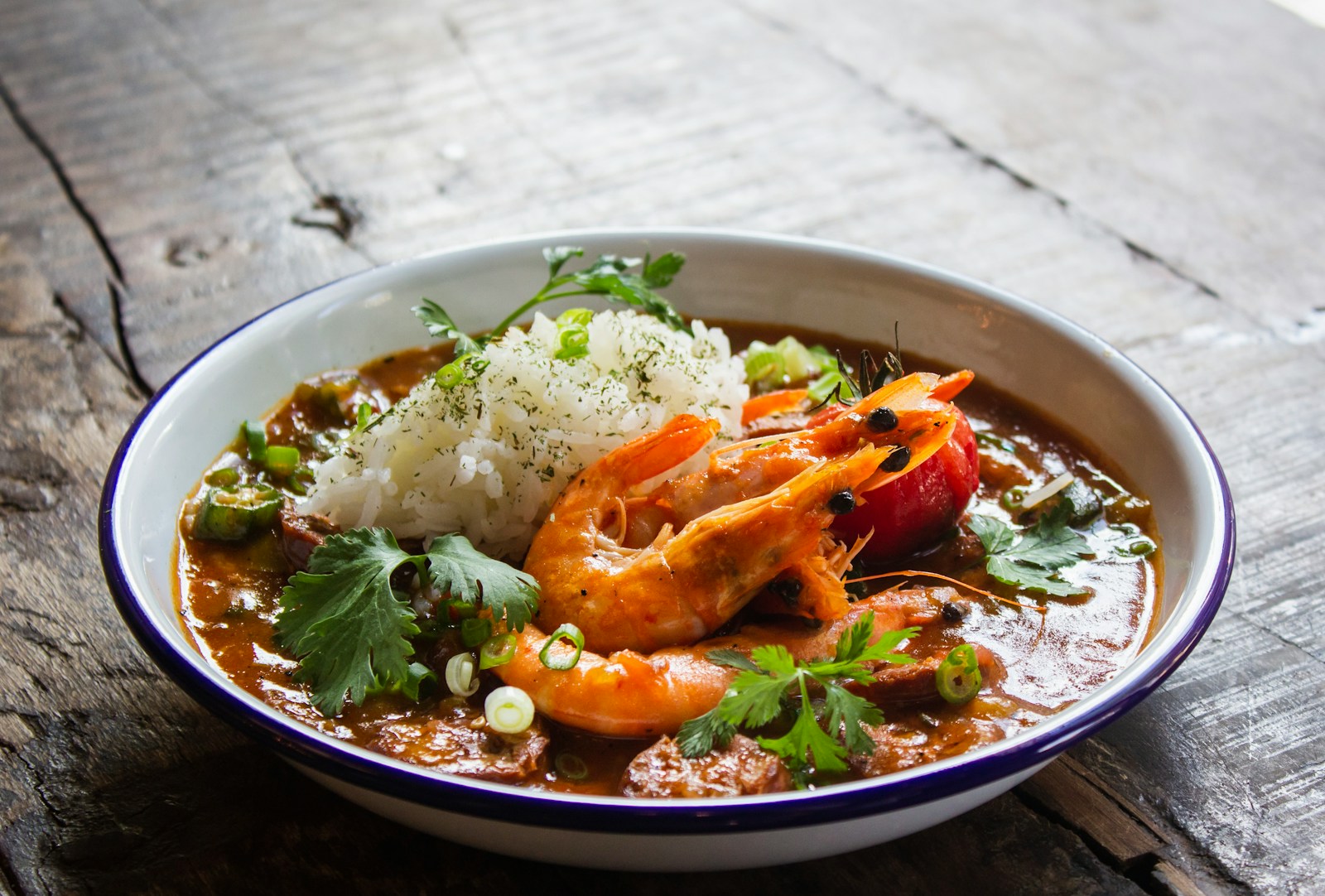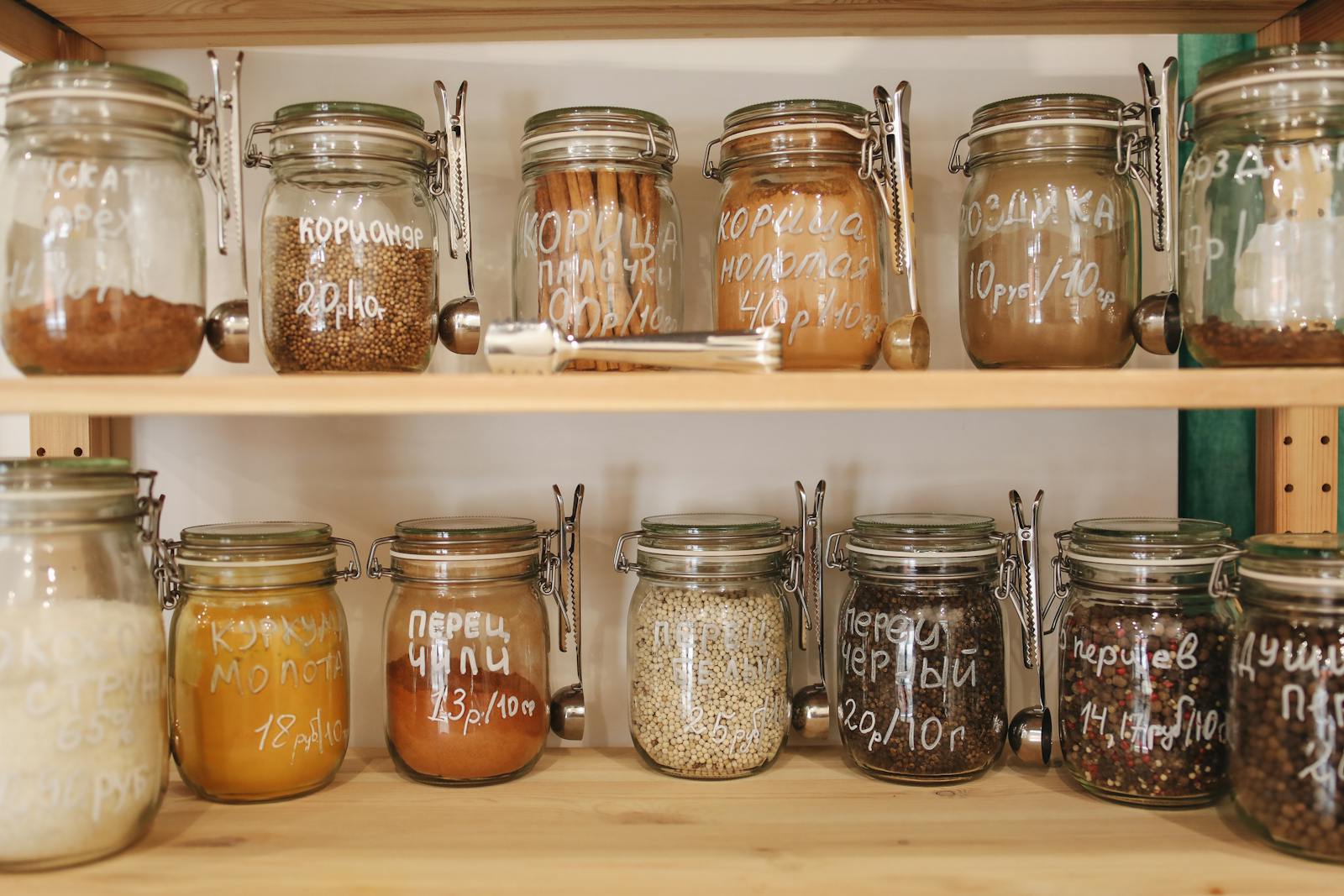Gourmet cuisine isn’t just about food; it’s an art form that combines high-quality ingredients, special presentation, and sophisticated flavors to create unforgettable dining experiences. It’s where culinary excellence meets creativity, leaving a lasting impression on those who have the pleasure of indulging in it.
As a lover of all things gourmet, I’ve seen firsthand how this style of cuisine can elevate a simple meal into a memorable event. Whether it’s through chef-prepared soups, sauces, and dressings or the meticulous preparation of each dish, gourmet cuisine is about enhancing the dining experience beyond the ordinary. It’s about bringing a touch of elegance and luxury to the table, no matter where you are.
History of Gourmet Cuisine
Gourmet cuisine has always intrigued me, its rich history painting a vivid picture of culinary artistry and refinement. Let’s delve into its origins and evolution, revealing how it has become an integral part of today’s dining experience.
Origin of Gourmet Cuisine
The word gourmet finds its roots in the French word “gourmont,” a title given to wine tasters in the 18th century. These gourmonts were esteemed for their refined palates, capable of discerning high-quality, delectable wines using nothing but their senses. This fervent dedication to flavor and quality laid the foundation for what we now recognize as gourmet cuisine.
Initially, considered gourmet food was synonymous with luxury, accessible only to the affluent who could afford exotic ingredients and the labor of skilled chefs. The emphasis was on the taste, presentation, and the overall dining experience, transforming a simple meal into a work of art. I’ve always been captivated by how gourmet cuisine interweaves the sensory pleasures of taste and smell with the visual allure of food presentation.
Evolution of Gourmet Cuisine
The journey of gourmet cuisine from the elite tables of the past to our modern-day dining experiences is nothing short of fascinating. With the advent of refrigeration and the expansion of global commerce, ingredients once considered rare and exotic became more accessible to the masses. This pivotal shift not only democratized gourmet food but also sparked creativity among home chefs and professionals alike.
Technological advancements and the dissemination of culinary knowledge through media have further bridged the gap between gourmet cuisine and everyday cooking. Today, gourmet food is not just about expensive or rare ingredients but rather the craft of creating exquisite taste and presenting food in an aesthetically pleasing manner.
The global tasting market’s obsession with flavor, combined with the increased accessibility of gourmet ingredients, has paved the way for a culinary revolution. Home chefs are now exploring sophisticated recipes, and restaurants are continuously innovating to elevate the dining experience for their patrons. The evolution of gourmet cuisine signifies a shift towards appreciating the art of cooking and the joy of savoring meticulously prepared dishes.
Walking through this journey, I’m reminded of the essence of gourmet cuisine—it’s an art form that celebrates the finer aspects of dining, making every meal a memorable event. Whether it’s through the historical tradition of wine tasting or the modern-day pursuit of flavor perfection, gourmet cuisine continues to embody a passion for exceptional culinary experiences.
Characteristics of Gourmet Cuisine
Gourmet cuisine represents the pinnacle of cooking, showcasing not just the skills of the chef but also the quality of the ingredients and the meticulous attention to every detail. As I delve deeper into what makes gourmet cuisine stand out, it’s clear that there are two critical aspects: the quality of the ingredients used and the unparalleled attention to detail in preparing and presenting dishes.
High-Quality Ingredients
One of the most defining characteristics of gourmet cuisine is the use of High-Quality Ingredients. These ingredients are often rare, exotic, or simply the best in their class best to eat, sourced from specific regions known for their excellence. The emphasis on quality over quantity means that gourmet dishes are created with components that enhance the overall flavor profile, making each dish a memorable experience.
For instance, instead of using just any type of olive oil, a gourmet kitchen might opt for a cold-pressed variety from a small-scale producer in Italy known for its fruity notes and peppery finish. Similarly, instead of regular salt, gourmet chefs might use Himalayan pink salt or Fleur de Sel from the coasts of France to season their dishes. This focus on ingredients elevates the final dish to a level of sophistication and depth of flavor that is hard to replicate.
The pursuit of these ingredients is not just about taste but also about creating a connection between the dish and its origin, telling a story through flavors that transport diners to different parts of customers in the world.
Attention to Detail
The second hallmark of gourmet cuisine is the meticulous attention to detail in both the preparation and presentation of each dish. Every aspect, from the initial preparation of ingredients to the final garnish like in seafood, is executed with precision and care. This dedication ensures that the flavors are balanced, the presentation is visually stunning, and the overall dining experience is unforgettable.
Attention to detail extends beyond just the food on the plate. It encompasses the ambiance of the dining area, the selection of tableware, and even the way the food is served. For a gourmet dish, the presentation is just as important as the taste. Chefs spend hours crafting the perfect plate, ensuring that the colors, textures, and arrangement of the food are pleasing to the eye. The goal is to create a visual feast that complements the gastronomic delight.
Popular Gourmet Dishes
Delving into gourmet cuisine unveils a world where flavors, textures, and culinary artistry collide to create unforgettable dining experiences. Among the repertoire of gourmet dishes, several have stood the test of time, not only for their exquisite taste but also for the skill and precision required in their preparation. Let’s explore some of these celebrated dishes.
Foie Gras Terrine
Foie gras terrine embodies the essence of gourmet cuisine with its rich, buttery flavor and silky-smooth texture. This luxurious dish is prepared by meticulously layering slices of foie gras with subtle seasonings and perhaps a splash of high-quality spirits. The mixture is then gently cooked in a water bath (bain-marie), allowing the flavors to meld together harmoniously.
Serving foie gras terrine is an art in itself, often accompanied by toasted brioche and a sweet and tangy fruit compote, striking a perfect balance between the foie gras’s richness and the accompaniments’ acidity. This dish is a testament to the culinary skills and creativity of gourmet chefs, turning simple ingredients into a piece of art on a plate.
Truffle Risotto
Another dish that captures the hearts of gourmet enthusiasts is truffle risotto. This Italian classic transcends its humble origins when elevated with the addition of luxurious truffles. The key to a perfect truffle risotto lies in the quality of its ingredients—Arborio rice, homemade stock, high-grade cheese, and, most importantly, fresh truffles.
The earthy aroma of truffles paired with the creamy texture of the risotto creates a symphony of flavors that is both comforting and indulgent. Each spoonful promises an explosion of taste that exemplifies the beauty of gourmet cooking. Truffle risotto isn’t just a dish; it’s an experience, engaging all senses and leaving a lasting impression.
Beef Wellington
Beef Wellington is a showstopper of gourmet cuisine, renowned for its complex layers and flavors. At its heart is a tender fillet steak, coated in a rich mushroom duxelles and wrapped in a delicate, buttery puff pastry. The preparation of Beef Wellington demands precision—the meat must be perfectly seared, the duxelles flavorful yet not overpowering, and the pastry flawlessly golden and crisp.
When done right, Beef Wellington is an exquisite example of culinary craftsmanship, offering a harmonious blend of textures and tastes that evoke both tradition and innovation. This dish is a celebration, often reserved for special occasions, where the joy of gourmet dining becomes not just about feeding the body but also about creating moments to remember.
In the realm of gourmet cooking, these dishes stand out as pillars of culinary excellence.
Gourmet Cuisine around the World
Exploring gourmet cuisine takes us on a culinary journey across the globe. Each country showcases its unique flavors, techniques, and traditions that elevate dining to an art form. Let’s delve into the rich tapestry of gourmet cuisine in France, Japan, and Italy, celebrating the distinctive culinary masterpieces each has to offer.
French Gourmet Cuisine
When I think of the quintessence of gourmet dining, French cuisine immediately springs to mind. Renowned for its sophisticated techniques and impeccable balance of flavors, French gourmet food is both an art and a science. The cornerstone of this cuisine is its profound emphasis on quality ingredients, whether it’s the perfect cut of beef for a Beef Wellington or the freshest truffles for a decadent Truffle Risotto.
Dishes like Foie Gras Terrine showcase meticulous preparation, blending luxurious textures and flavors that dance on the palate. French chefs are masters of their craft, intricately plating each dish to please the eye as much as the taste buds. It’s in the French kitchens that the gourmet experience becomes a celebration of all the senses.
Japanese Gourmet Cuisine
Venturing further East, Japanese gourmet cuisine introduces a completely different, yet equally sophisticated, culinary landscape. Here, the elegance lies in the simplicity and the profound respect for ingredients. Japanese chefs accentuate the natural beauty and flavor of their components, often highlighting seasonal specialties.
One can’t discuss Japanese gourmet food without mentioning sushi – an iconic dish where the quality of the rice and the freshness of the fish are paramount. However, the gourmet experience extends beyond sushi, with dishes like Wagyu Beef demonstrating the profound subtleties of flavor and texture that Japanese cuisine offers. Dishes are presented with zen-like minimalism, yet each element on the plate is crafted with unmatched precision and care.
Italian Gourmet Cuisine
Italian cuisine’s inclusion in the world of gourmet food is marked by its heartfelt embrace of tradition and the joyous celebration of communal dining. Italian gourmet dishes, such as handmade pasta paired with meticulously crafted sauces, embody the soulful connection Italians have with their food. The use of fresh, locally-sourced ingredients plays a critical role, transforming simple dishes into profound culinary experiences.
Take, for instance, the classic Truffle Risotto; its creamy texture and aromatic truffle essence make it a staple of Italian gourmet dining. Italian cuisine, while deeply rooted in its regional traditions, continues to inspire chefs around the world to explore and innovate within its rich palate of flavors and textures.
As we traverse the globe exploring gourmet cuisine, it’s clear that each culture brings its own unique flavors, techniques, and traditions to the table. From the meticulous artistry of French cuisine to the precision and simplicity of Japanese dishes, and the hearty, soulful flavors of Italy, gourmet cuisine around the world offers endless opportunities to explore and indulge in the ultimate culinary experiences.
Diving into the world of gourmet cuisine has been an enlightening journey. From the meticulous preparation of French dishes to the simple elegance of Japanese cuisine and the heartwarming traditions of Italian cooking, I’ve discovered that each culture offers a unique gateway to experiencing the finest culinary delights. It’s clear that gourmet cuisine isn’t just about the food; it’s about the artistry, tradition, and passion that go into every dish.
Whether you’re savoring a slice of Wagyu Beef or twirling a forkful of handmade pasta, you’re partaking in a global celebration of excellence in cooking. I’m inspired to continue exploring this delicious world, and I hope you are too. Let’s keep seeking out those extraordinary culinary experiences that remind us of the power of food to connect and enchant.
Frequently Asked Questions
What is fancy cuisine called?
Haute cuisine (French: ‘high cooking’) or grande cuisine represents a style of cooking characterized by its meticulous preparation, elaborate presentation, and the usage of high-quality ingredients.
How do you cook gourmet food?
To cook gourmet food, start with fresh ingredients, understand and utilize your spices well, use high-quality oils and fats, properly prep your ingredients, cook with confidence, embrace different cooking techniques, experiment with flavor pairings, and be patient through the process.
What is a gourmet in foods?
Gourmet in foods refers to high quality, often expensive or specialty foods that require elaborate and expert preparation, known for delivering a gourmet meal experience.
What is the meaning of gourmet cooking?
Gourmet cooking involves creating dishes of high quality and/or rarity that are crafted to offer exquisite taste. These dishes are presented in a visually appealing manner, and their gourmet status often depends on the rarity of ingredients in certain regions.
What are some examples of gourmet food?
Examples of gourmet food include Tomato Consomme and Smoked Ricotta Tortelli, Quail Legs with Tamarind Glaze and Fig Chutney, Sarson Ki Gilawat with Corn and Cheese Tostadas, and Sesame and Coriander Crusted Basa.






